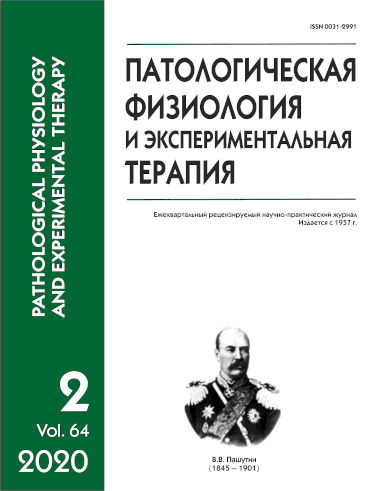The role of calcium and vitamin D in arterial hypertension
Abstract
Several recent epidemiological and retrospective studies have provided evidence for the role of calcium and vitamin D in development of hypertension and related heart failure. Epidemiologists regard as a pandemic the vitamin D deficiency, which may occur in 82.5% of the population and be associated with calcium metabolism disorders. The aim of the review was to systematize current information about the role of calcium homeostasis and vitamin D deficiency in the development of hypertension. The review addresses the relationship of blood pressure (BP) with plasma concentrations of calcium and cholecalciferols. In young people, a persistent BP elevation correlates with high plasma concentrations of Ca2+ whereas in the elderly, particularly those with osteoporosis, high BP correlates with low Ca2+. Circadian fluctuations of plasma calcium parallel changes in BP. A number of prospective studies and meta-analyses has reported a relationship of hypertension and low blood cholecalciferols. These results were confirmed by experiments on knockout mice lacking the vitamin D receptor gene. Low plasma concentrations of vitamin D are associated with decreased release of nitric oxide, which suggests that vitamin D is an endocrine regulator of the renin-angiotensin system. Vitamin D deficiency complicates the course of diseases associated with hypertension (chronic heart failure, type 2 diabetes, obesity). Regardless of the geographical location of the residence, a significant part of the population has a shortage of cholecalciferols in the blood. Decreased plasma concentrations of cholecalciferols in the elderly, particularly in combination with osteoporosis, is associated with insulin resistance and hypertension. Vitamin D shortage during pregnancy and its concentrations <11 ng/ ml at birth and <25 ng/ml in early childhood increase the risk of high systolic BP more than 1.5 times. Conclusion: Results of several independent metaanalyses warrant the inclusion of active forms of vitamin D into regimens of antihypertensive treatment.






